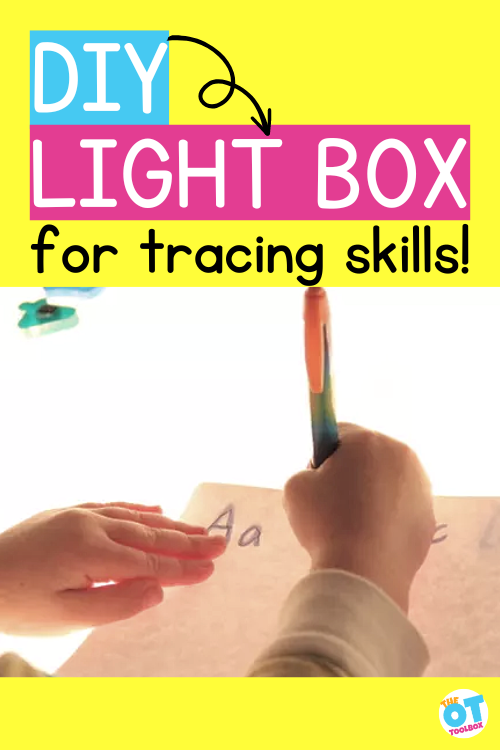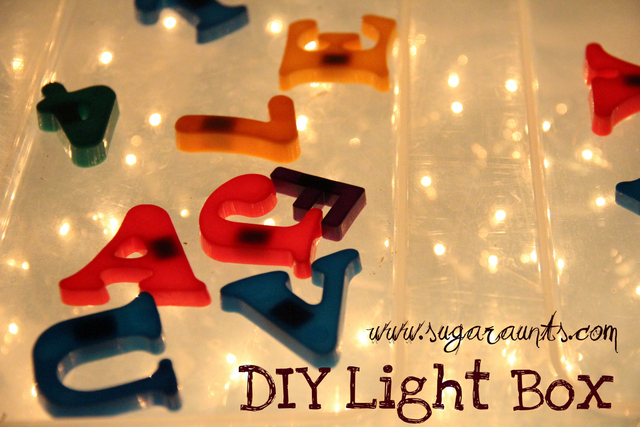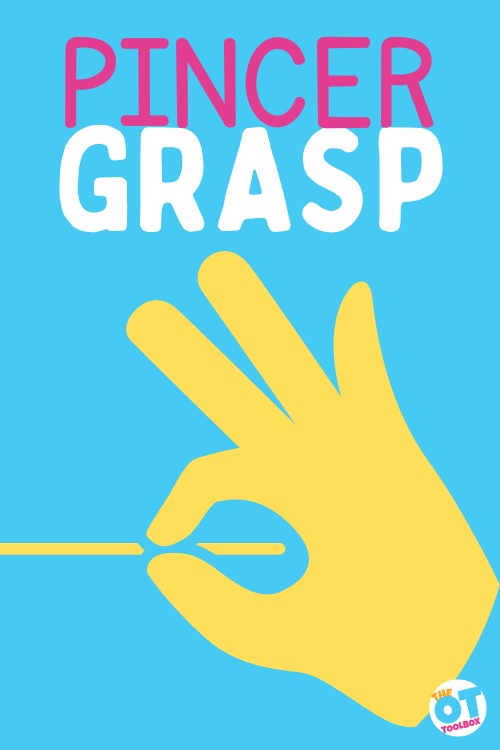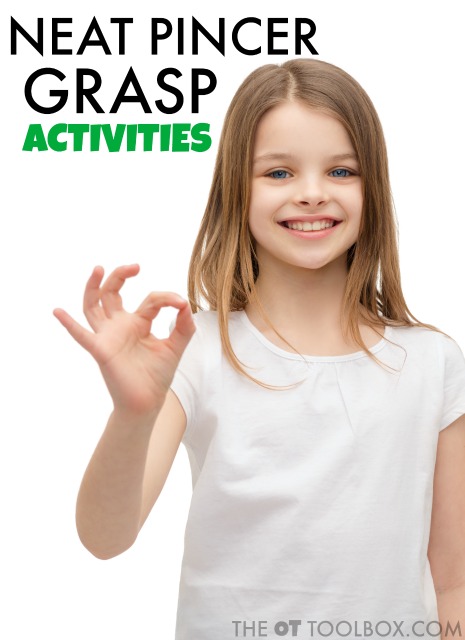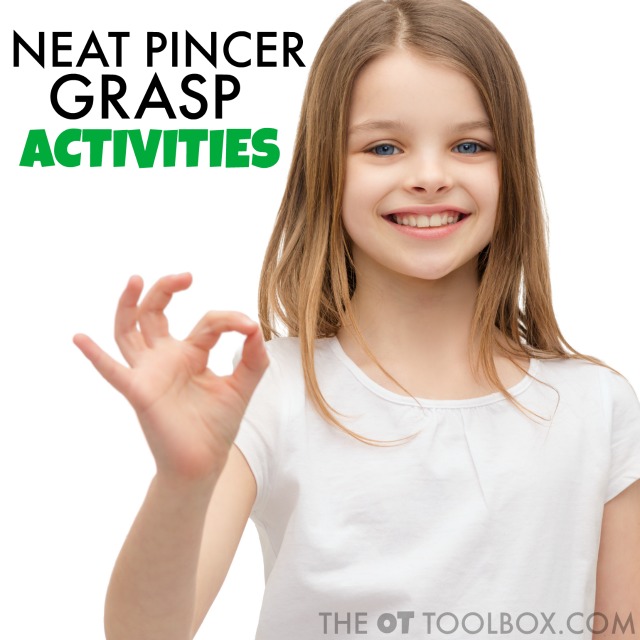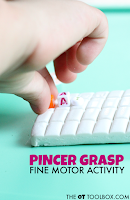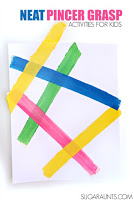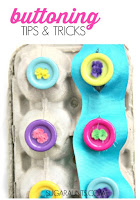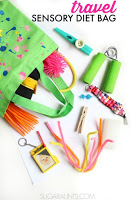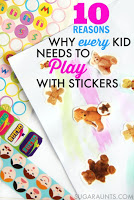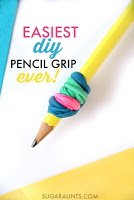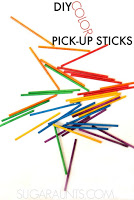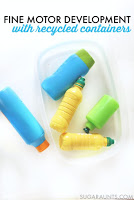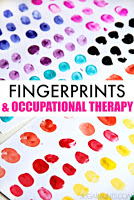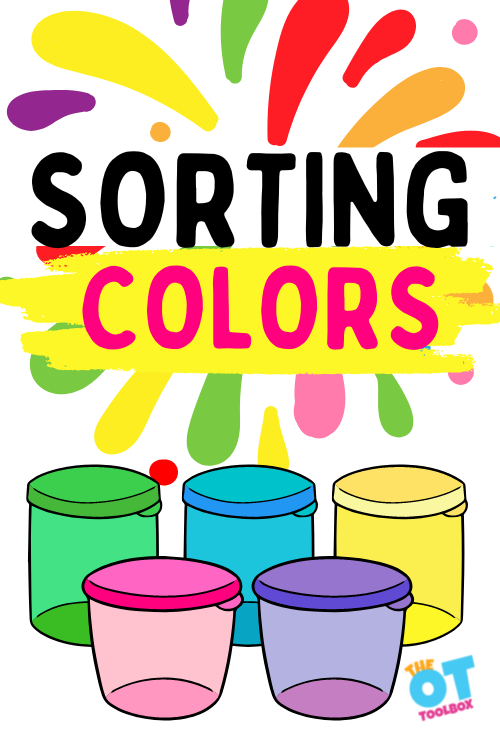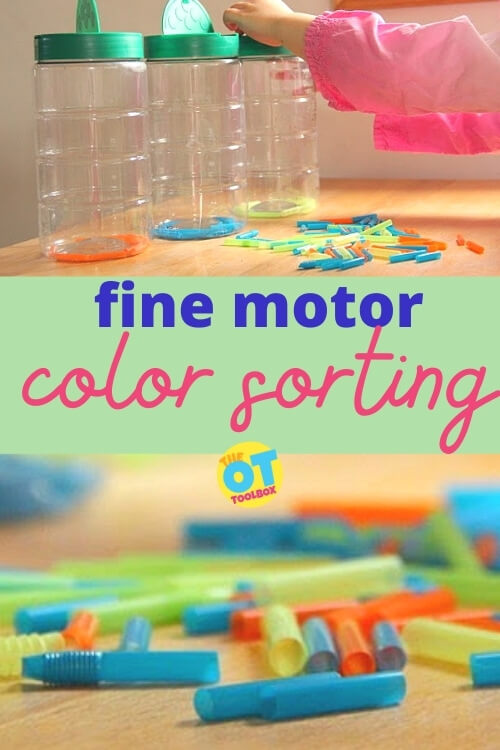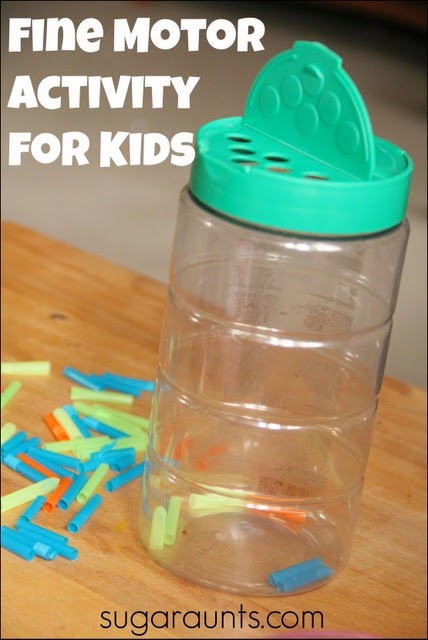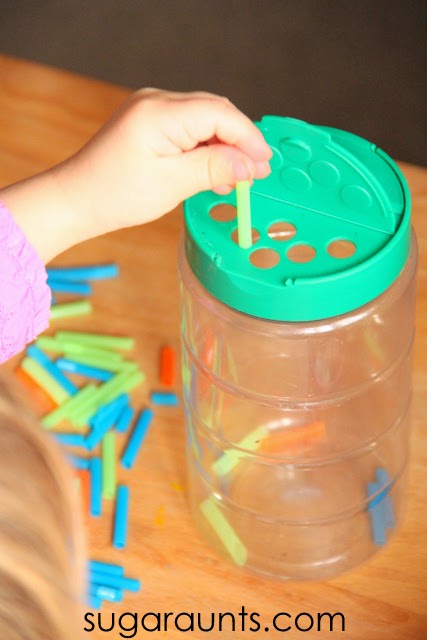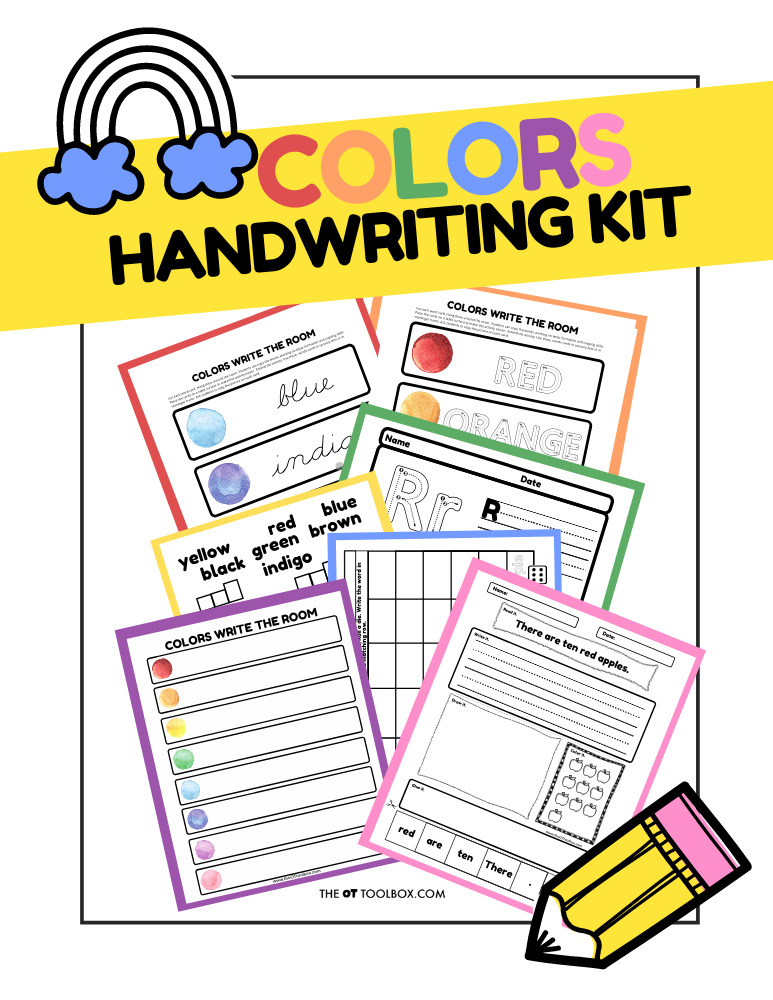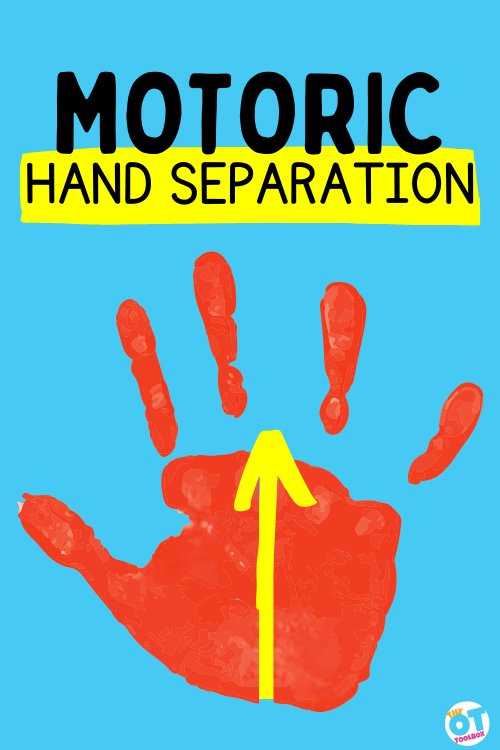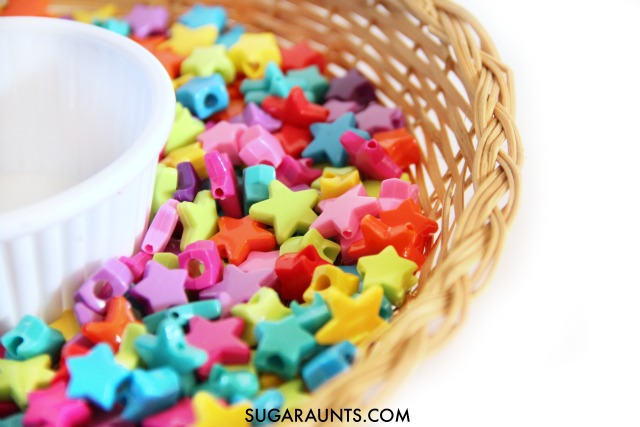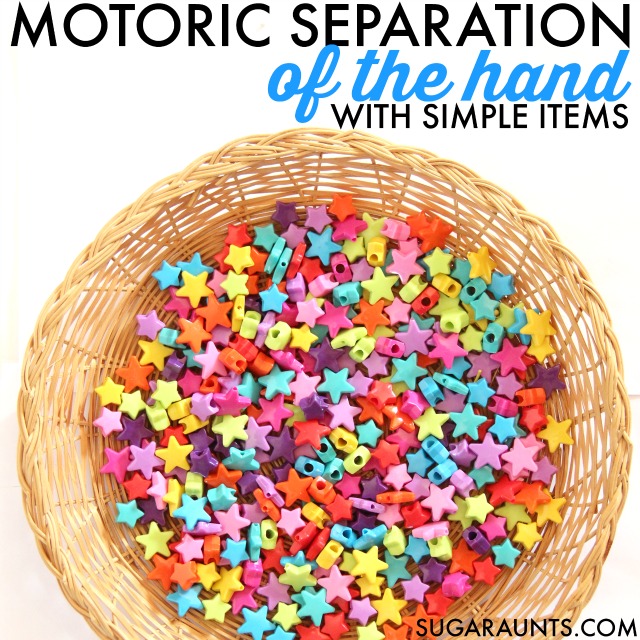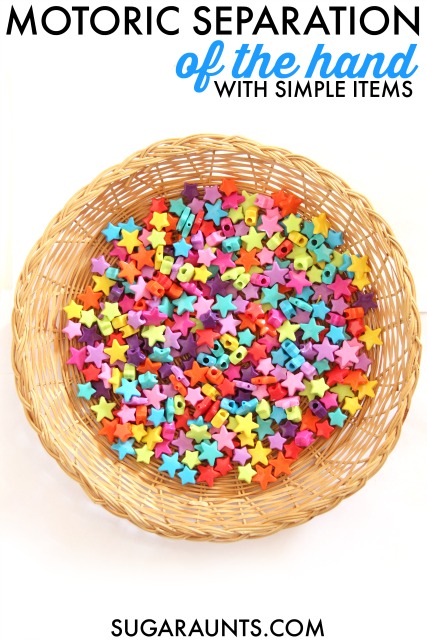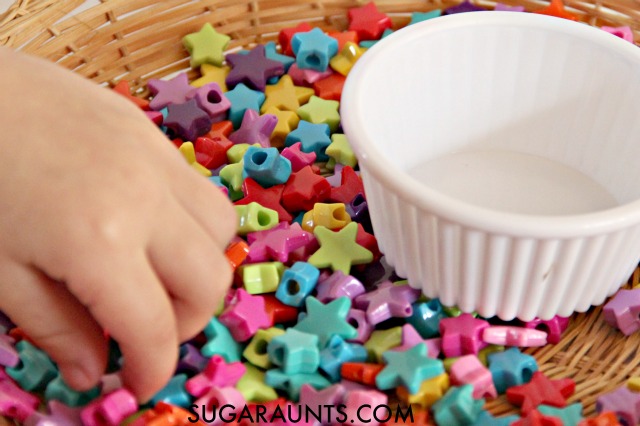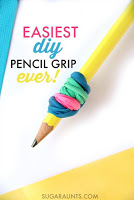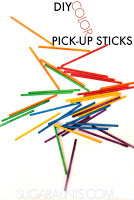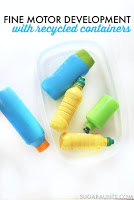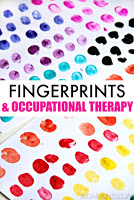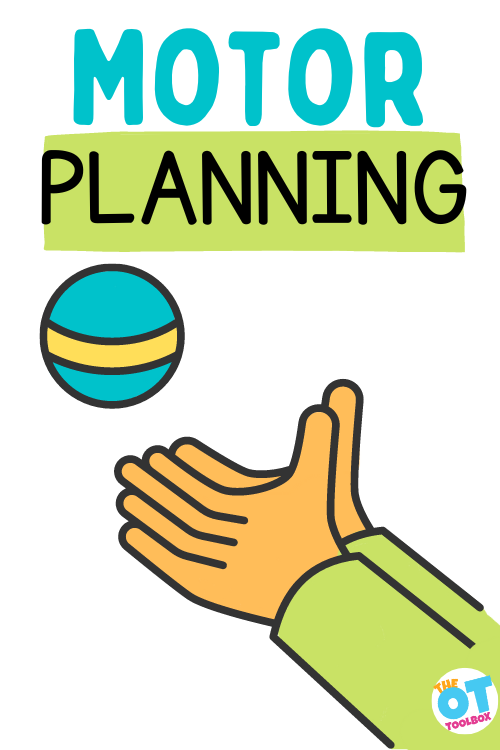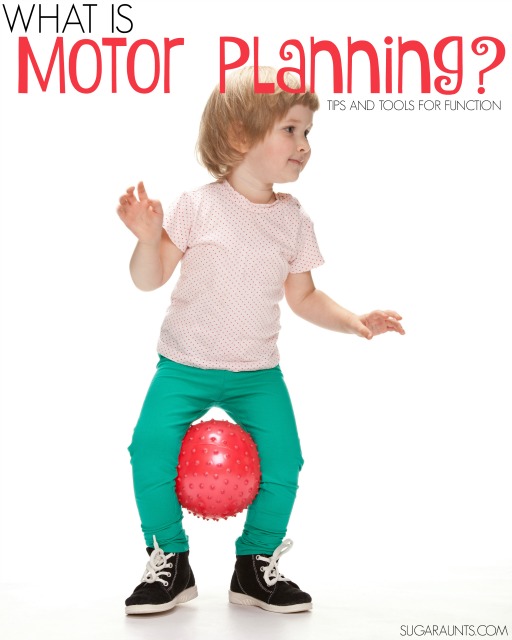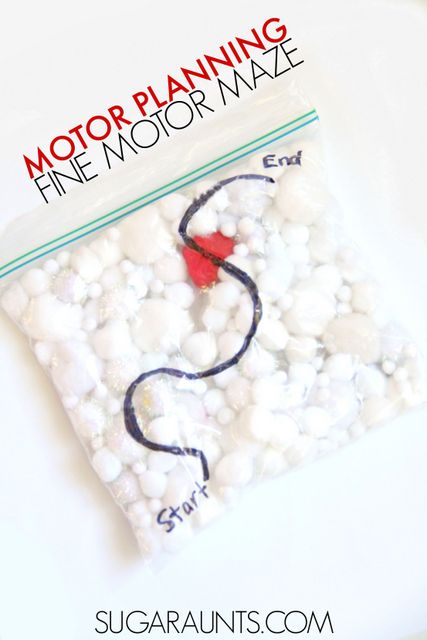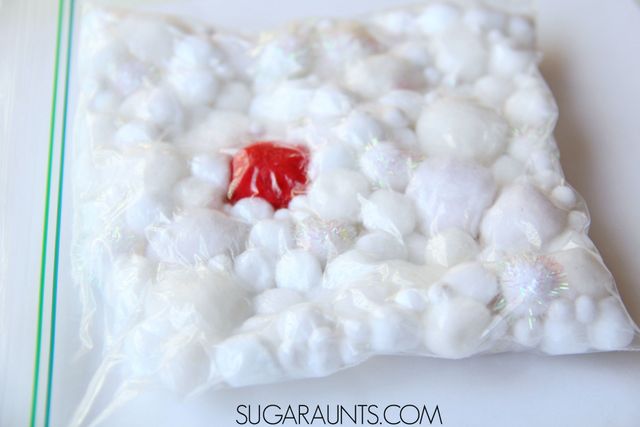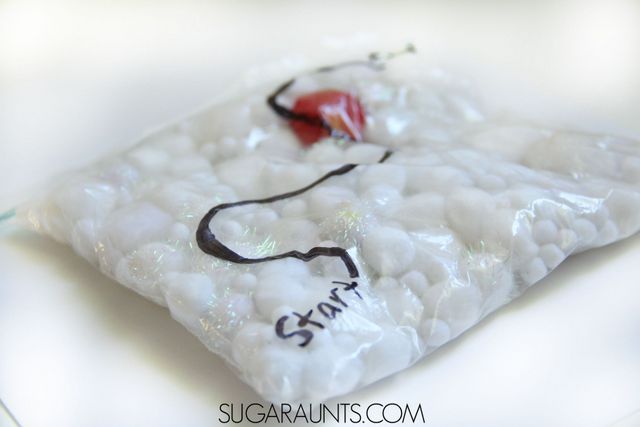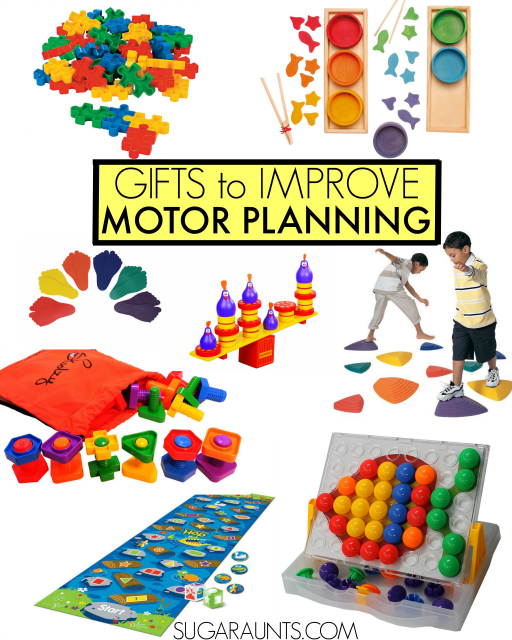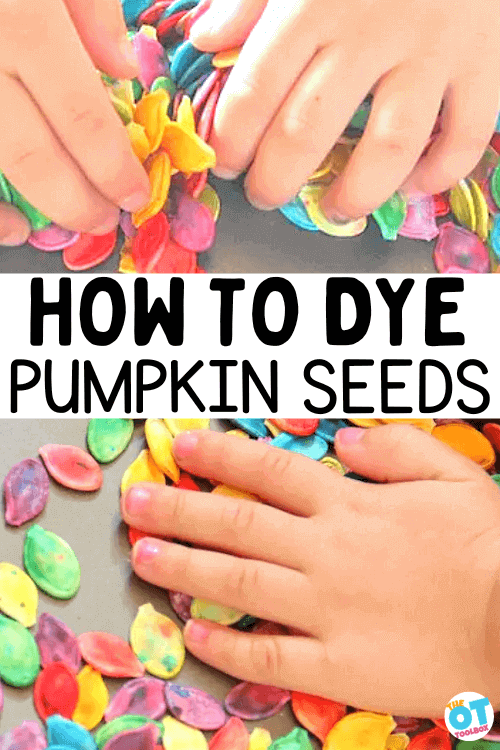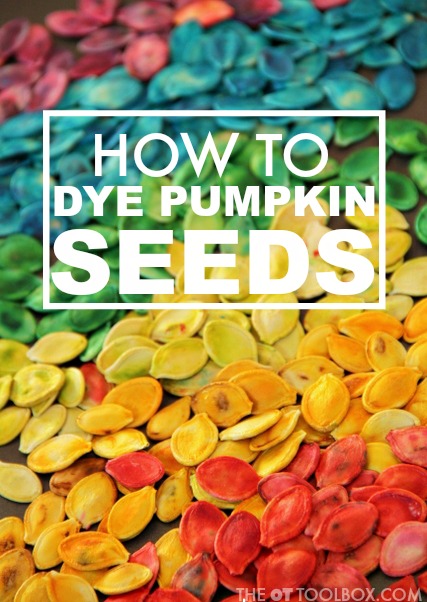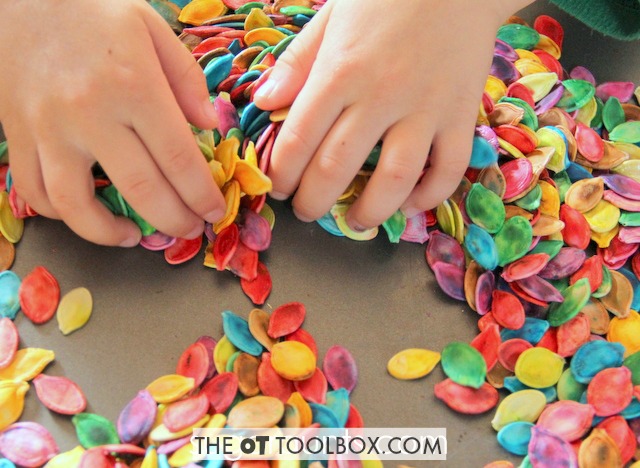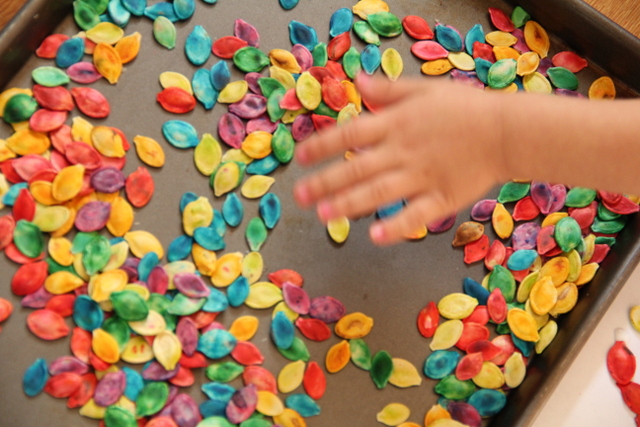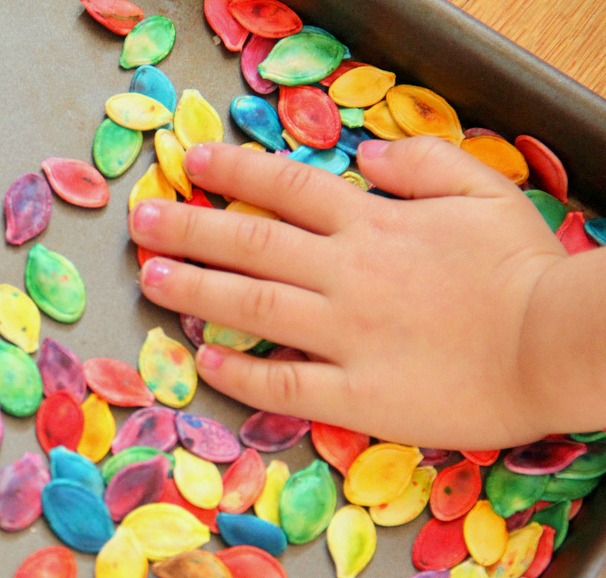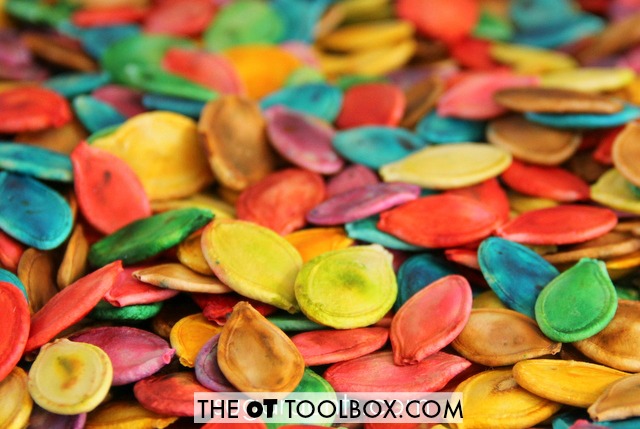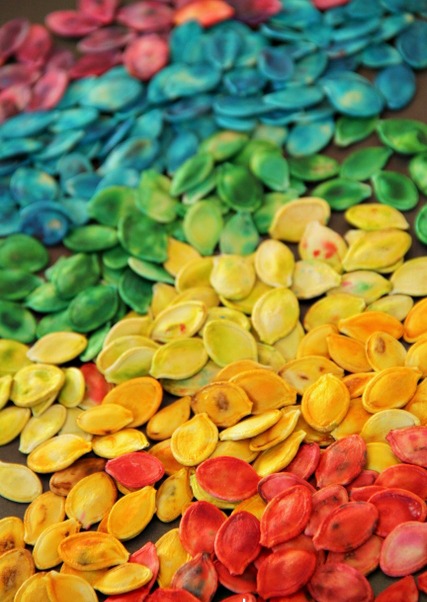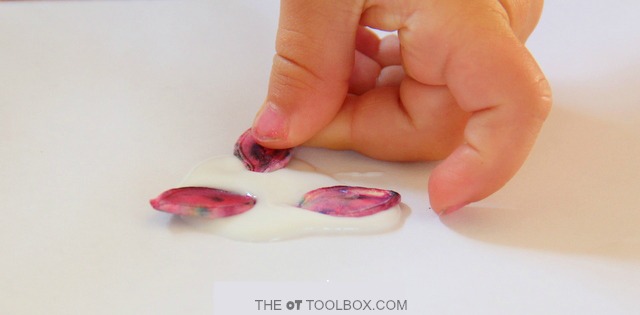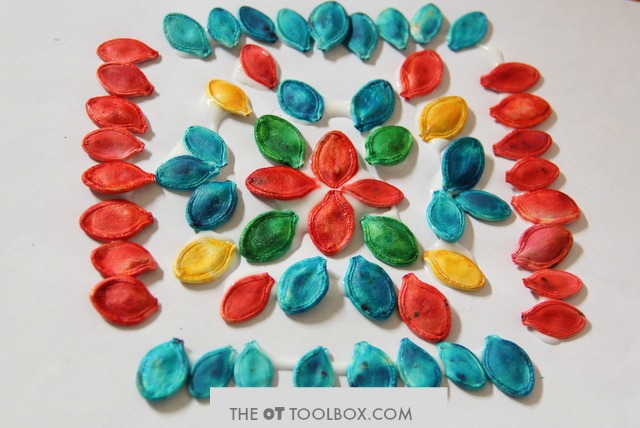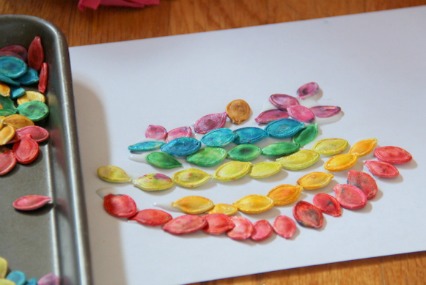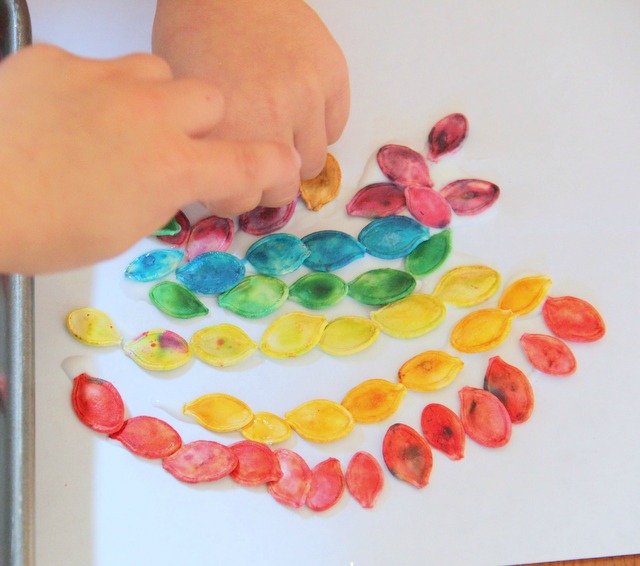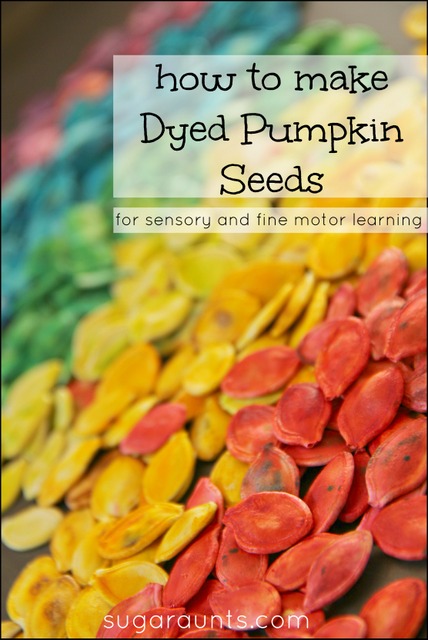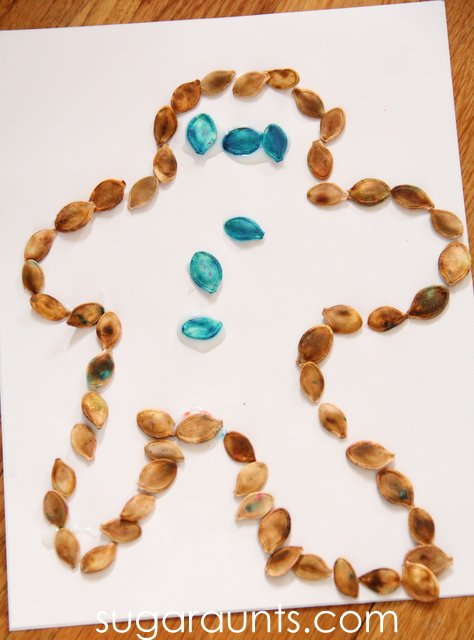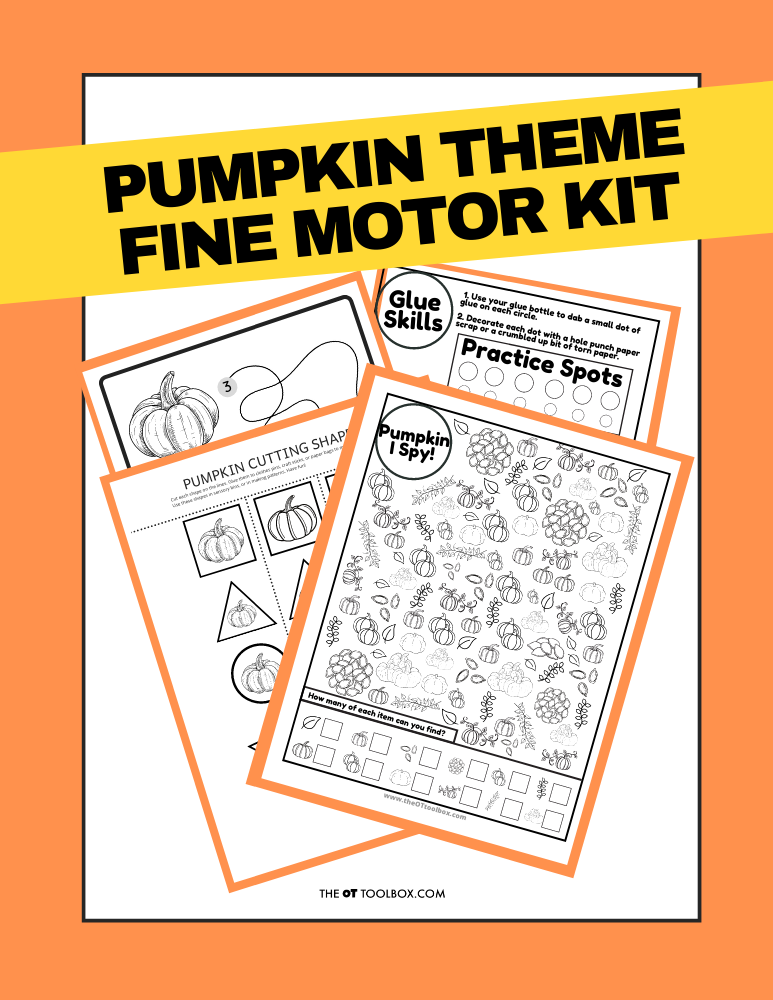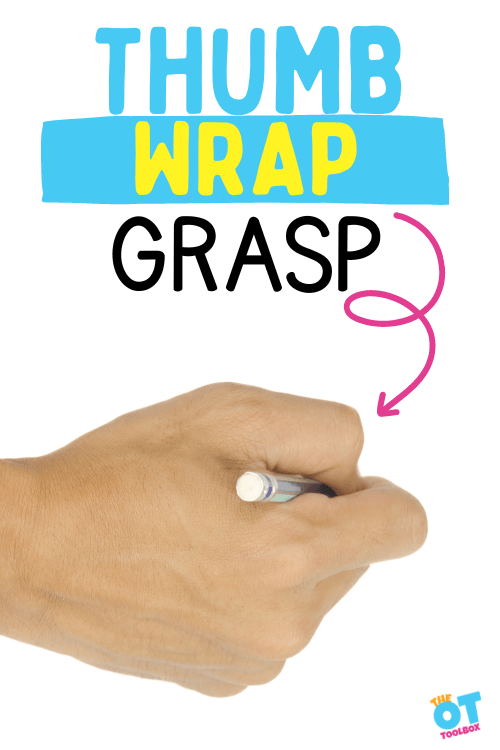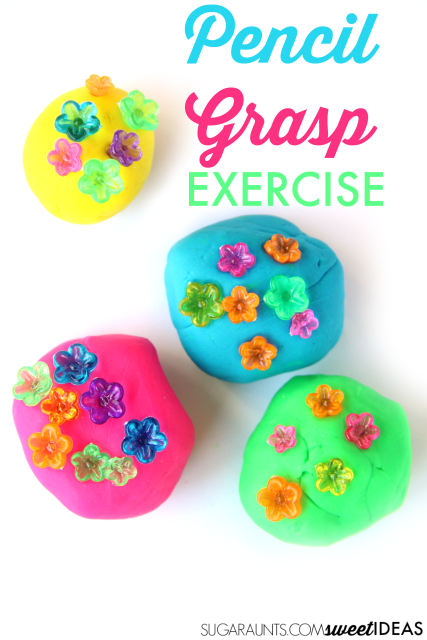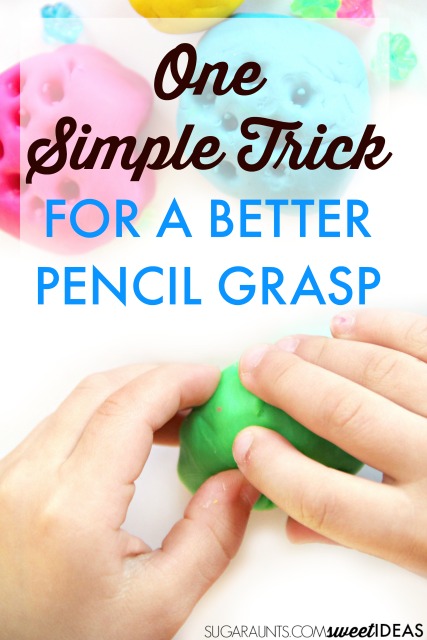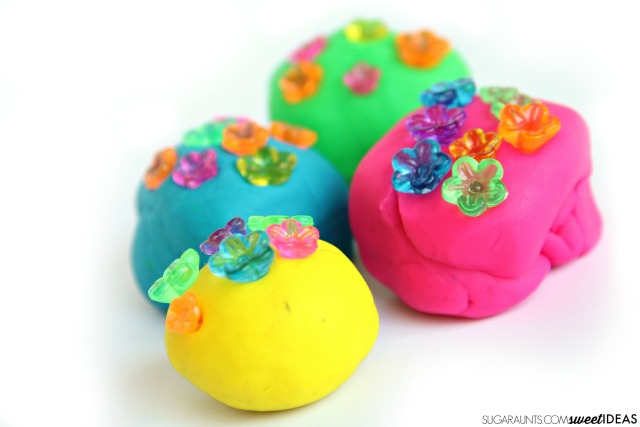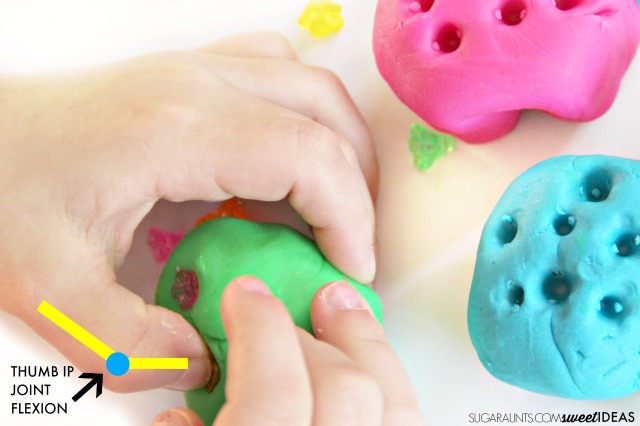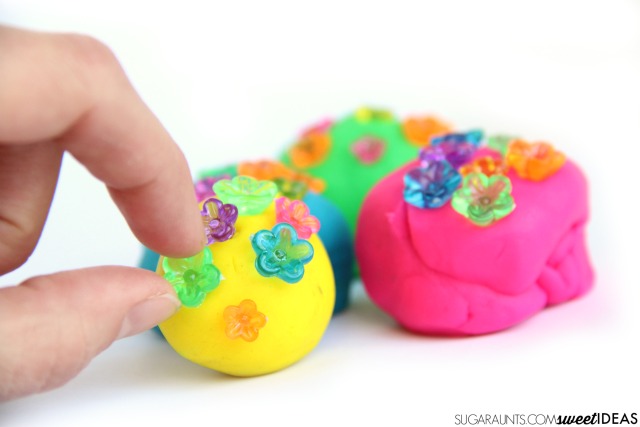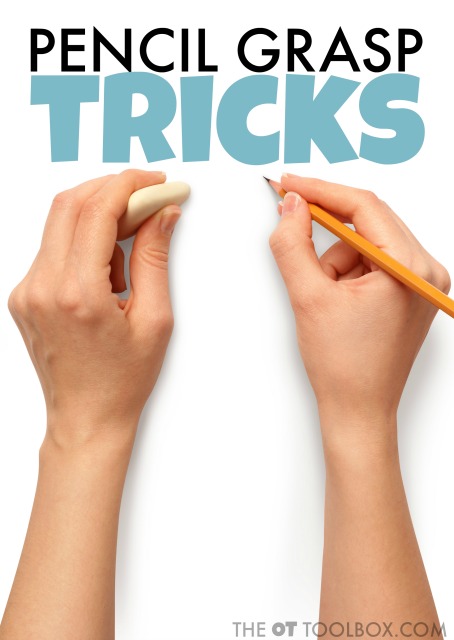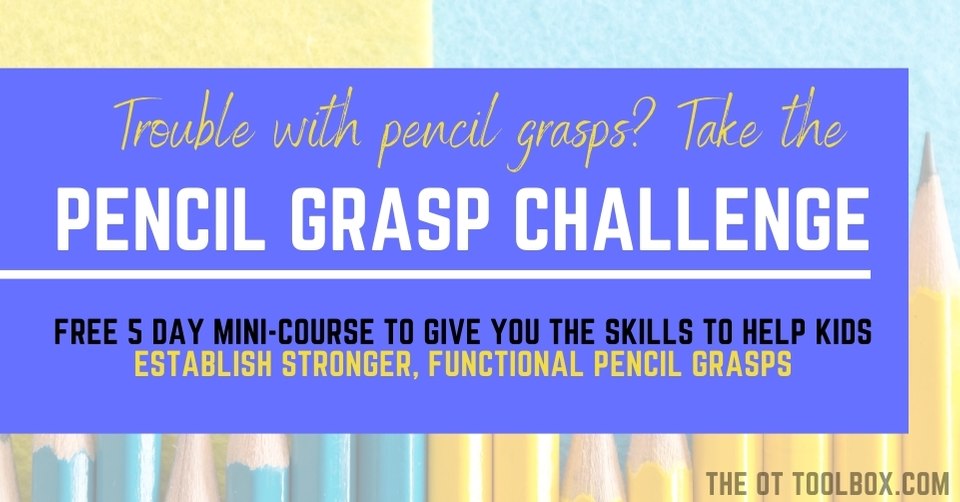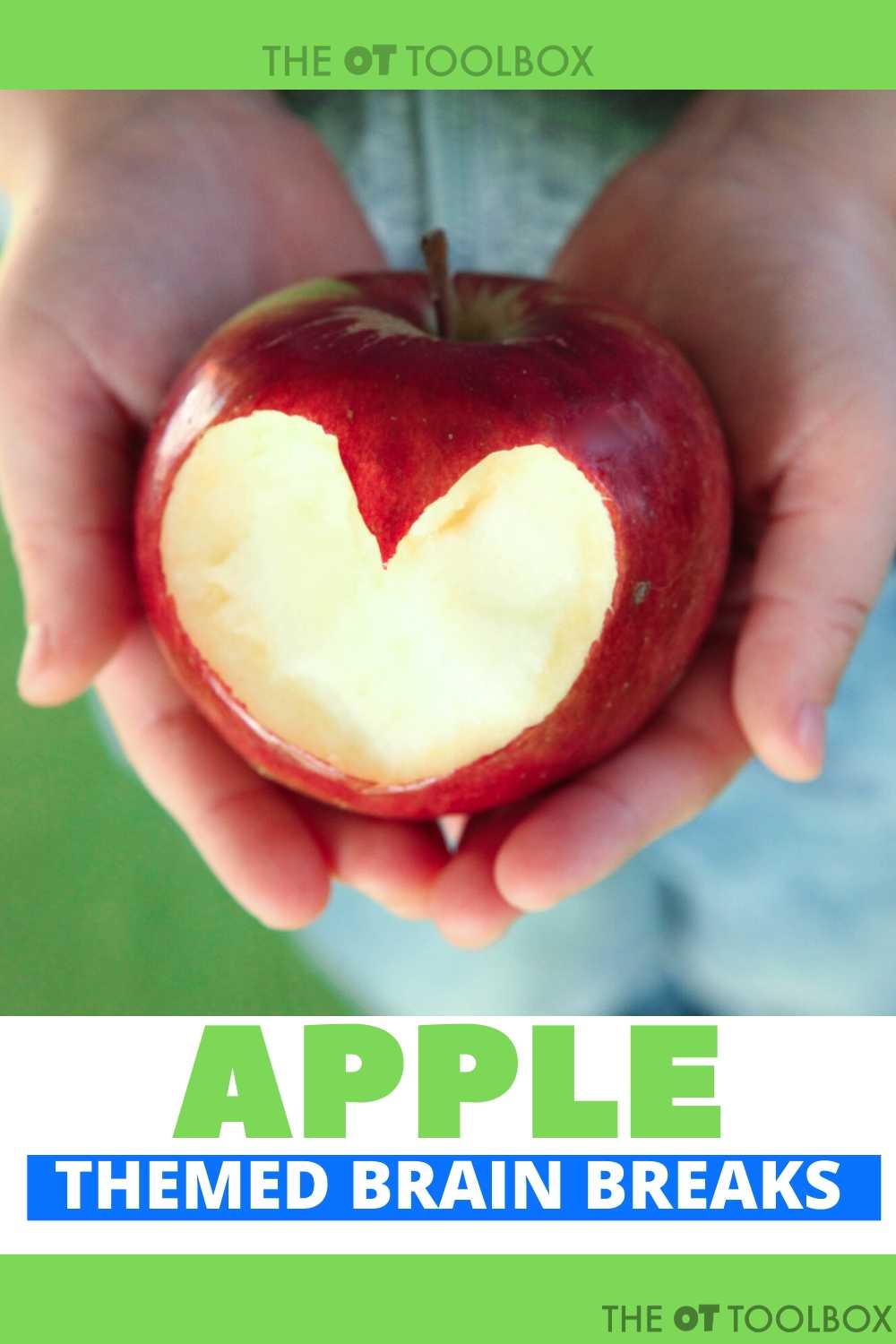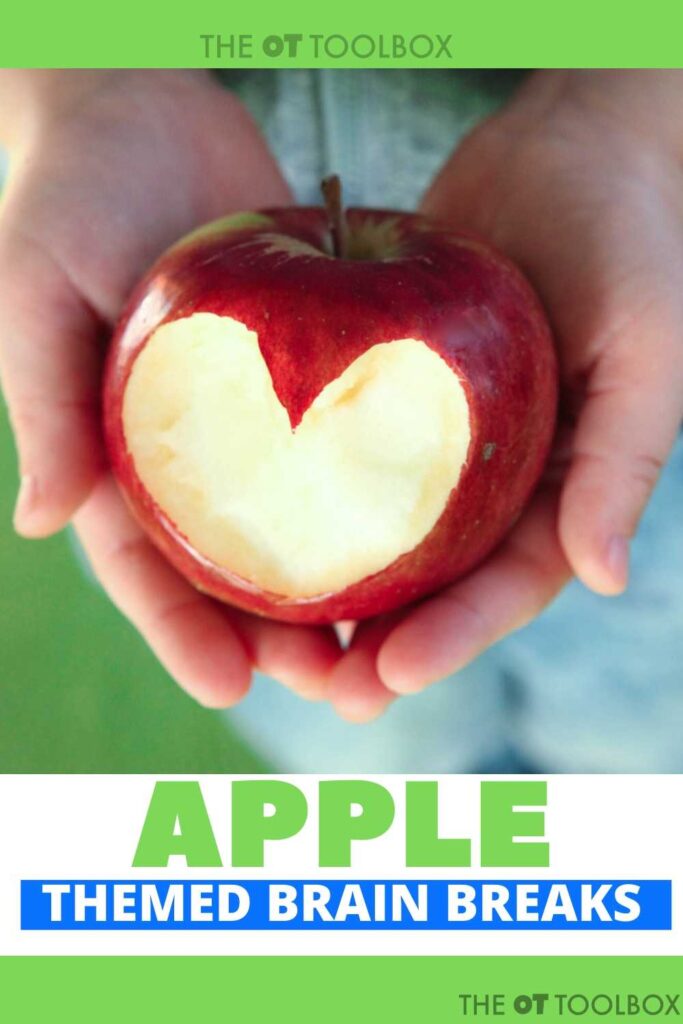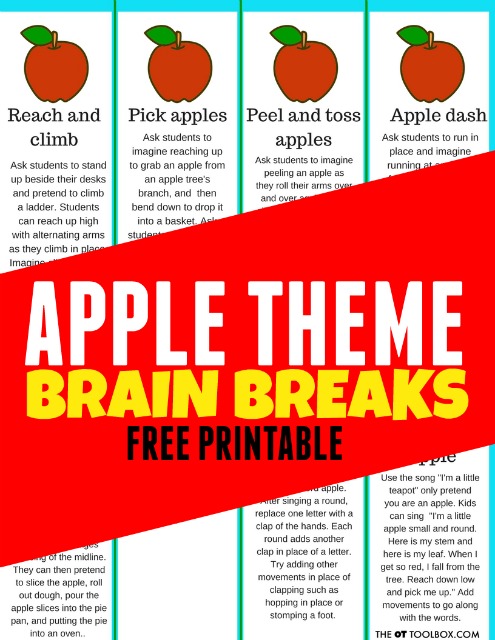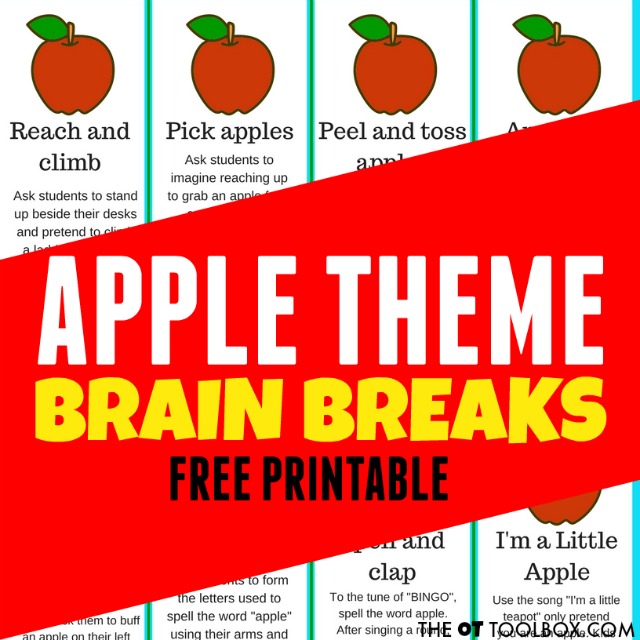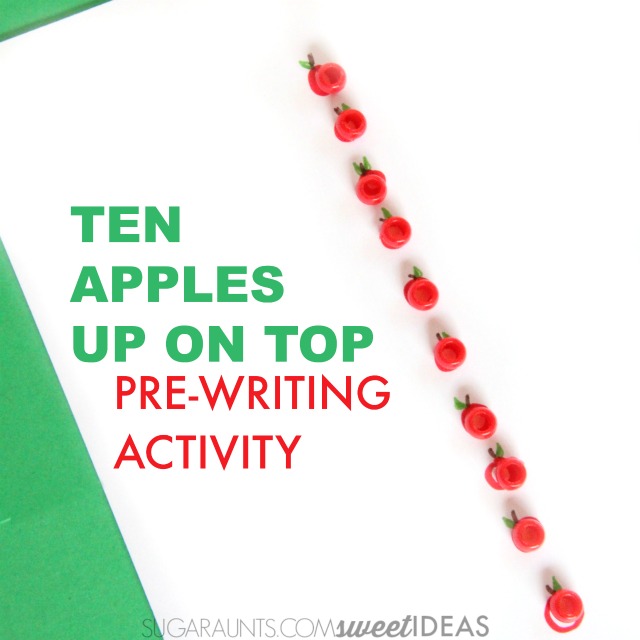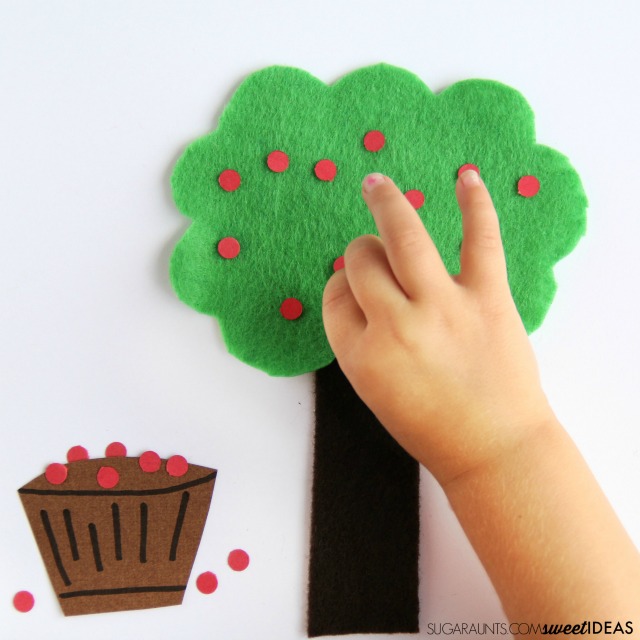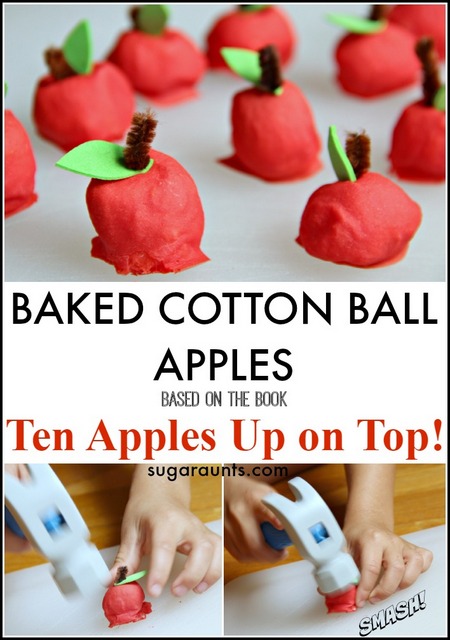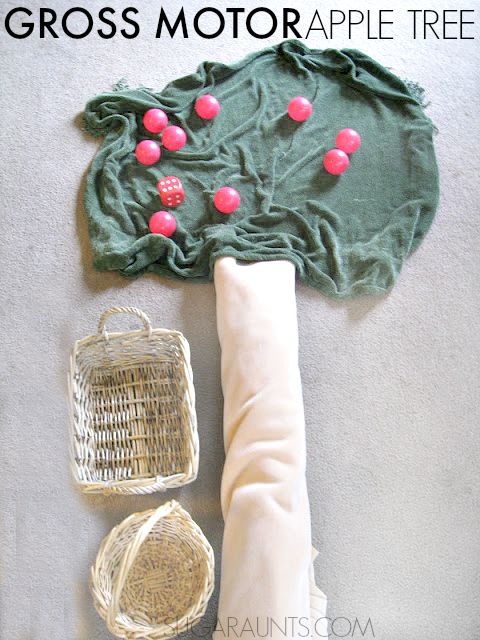A cylindrical grasp and a spherical grasp are important parts of grasp pattern development, and are functional grasps needed for many daily tasks. In this blog post, we’re covering everything you need to know about cylindrical grasp development and spherical grasp development. You’ll also find spherical grasp activities and cylindrical grasp activities. Let’s get started with these fine motor skills that play a pivotal role in functional grasp!
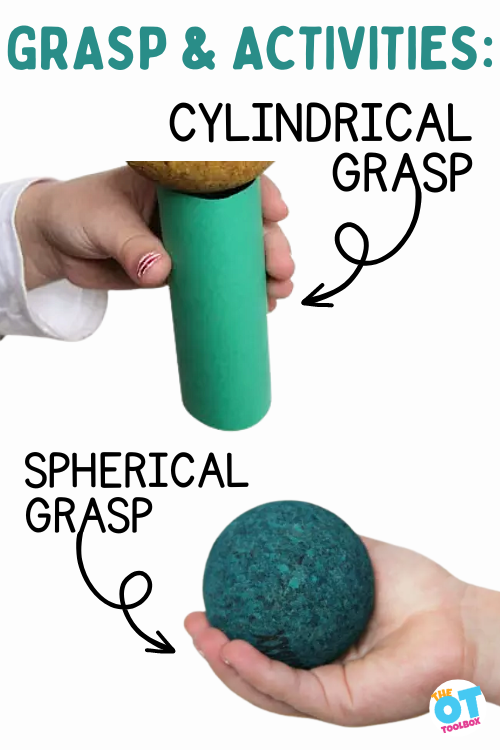
Cylindrical Grasp and Spherical Grasp
In everyday activities, we use our hands in myriad ways. From holding a toothbrush, to turning a key in a door, to typing, tying shoes, jotting down a note, or pouring our morning coffee…all of these tasks involve grasping objects in a variety of dynamic patterns. Fine motor skills are necessary for every task that a child completes.
Today, we’re talking about cylindrical grasp and spherical grasp.
Both of these grips require and utilize underlying skills:
- Wrist stability
- Slight wrist extension
- Intrinsic development of the arches of the hand
- Finger flexion in a stable position
- Possible rotation of the thumb (depending on the grasp and the object being manipulated)
- Possible finger and thumb opposition
From play, self-care, to managing clothing fasteners, and coloring, motor skills like spherical positioning of the hands and cylindrical positioning development is needed for every aspect.
Grasp skill development is essential to pencil grasp and handwriting. Fine motor skills make up a huge part of learning and the school day (Read about the various fine motor skills needed at school.)
Fostering development ensures functional use on objects such as hair brush, toothbrush, holding a spoon and fork or other food utensils, managing food, toys, and many other objects, including those used in play.
For example, building and stacking with regular blocks is an exercise in fine motor development. Manipulating blocks uses these grasp movements. However, typical building blocks do not provide the unique grasp development of the cylindrical grasp of the hand.
When I saw my kids using the Cork Sphere Stacking Tower to make some pretend ice cream cones, I was inspired to encourage fine motor skills like cylindrical and spherical grasp development. If you are looking for creative ways to encourage development of grasp, then read on!
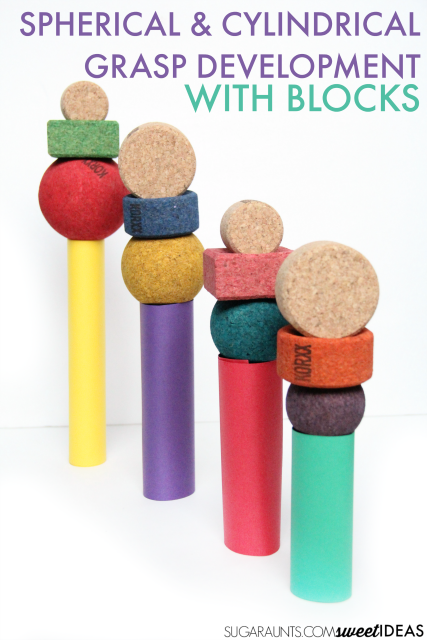
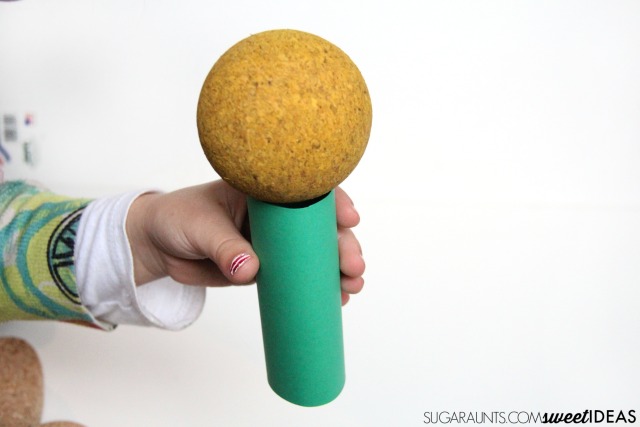
This post contains affiliate links.
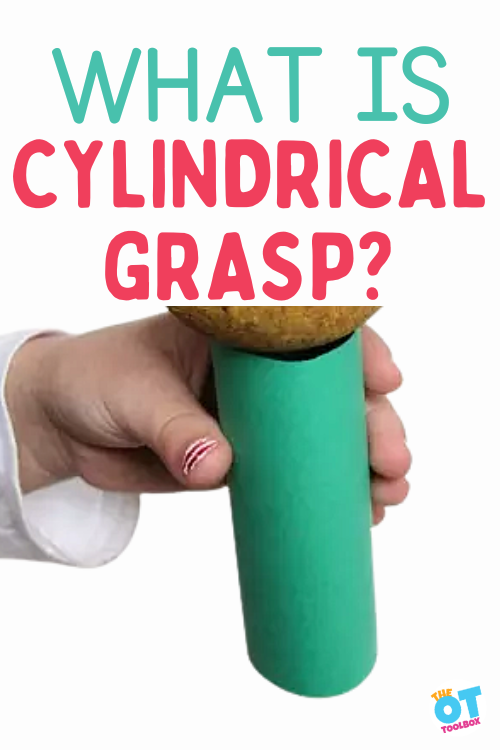
What is a cylindrical Grasp?
A cylindrical grasp is one in which the whole hand is in contact with an object, and curved with thumb opposition. A common term for this grasp is gross grasp. You can find more information on gross grasp development and strengthening with objects that we’ve done in the past.
When a cylindrical grasp pattern is used, the entire palmar surface of the hand and fingers grasps a cylindrical object, such as a can of soda, or a cup. the thumb is rotated and opposed around the curve of the object.
Without the thumb’s involvement in the cylindrical grasp, the object would fall to the ground. Unlike in a hook grasp, where the thumb may or may not be involved, the fingers require pressure against the thumb to hold a cylindrical shaped object.
A cylindrical grasp requires use and strength of the extrinsic muscles and intrinsic muscles of the hand in order to flex the fingers around curved objects. The thumb is positioned in flexion and abduction. A cylindrical grasp is needed in order to hold a broom handle, baseball bat, and ice cream cone.
Cylindrical Grasp Development
Typically, the cylindrical grasp develops early in childhood, beginning with the palmer grasp at around 12 months of age. This grasp is precursor to fine motor development and is an early pre-writing grasp.
This grasp pattern evolves into the cylindrical grasp with thumb abduction and fluctuations in finger abduction.
Cylindrical Grasp Activities
Encouraging development of the cylindrical grasp is easy with fun activities:
- Use a paper tube! Roll a piece of paper (or cardstock for a more sturdy tool) into a tube. Tape the edges and use it to hold a ball
- The spheres in the Limbo var C KORXX cork building blocks set are perfect for helping kids develop fine motor skills.
- Stack paper tubes in a fine motor STEM activity.
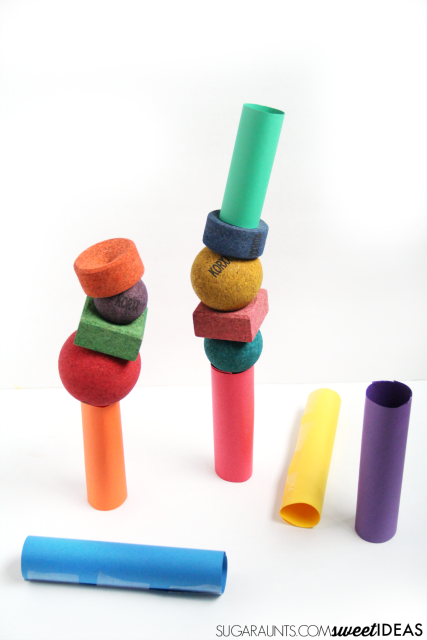
The KORXX cork building block set that we have has small cylinder shapes and we were able to encourage promotion of this grasp pattern by using them AND by creating paper tubes.
This is a perfect extension of my kids’ imagination as we used them to make colorful ice cream cones with the KORXX spheres.
Holding the paper tubes allows further development of the cylindrical grasp from a power grip to one of precision. In order to hold the paper tube, one can not squeeze with all of their strength. Otherwise, the paper will crush in their hands. The same is true when holding a cake-type ice cream cone or a paper cup. If precision of the cylindrical grasp is not developed, the cone or cup will crush in a child’s hands.
NOTE: There is a difference between holding a cake type ice cream cone which is a tube shape and a sugar ice cream cone which would be conical in shape. These are different grasp patterns.
We used the paper tubes to stack, build, and create lots of ice cream cones of various sizes.
To make the paper cones, simply use colored cardstock and tape. Cut the cardstock into different sizes and then roll it into a tube. We found that packing tape worked well to maintain the shape of the tube.
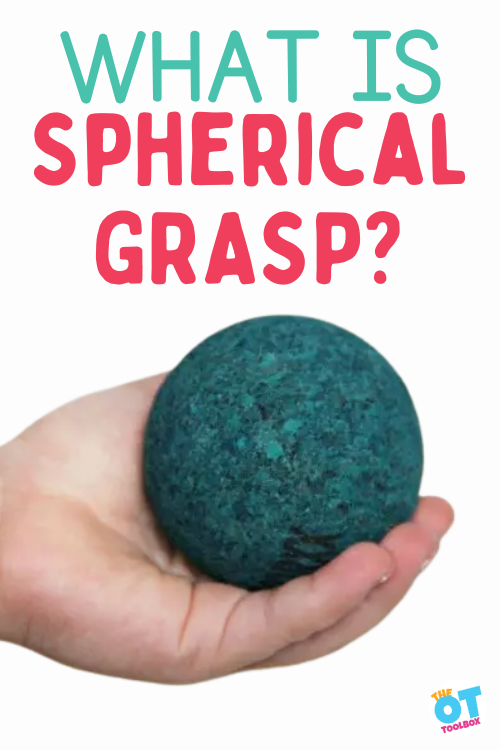
What is a Spherical Grasp?
A spherical grasp is one in which the hand curves to hold a round or sphere-shaped object. This grasp is used to hold round items in the palm of the hand. Other examples include:
- Holding a ball in the palm of the hand
- Curving the hand to hold water in the palm
- Holding an apple, orange, or other round fruit
- Turning a doorknob
A spherical grasp changes in relation to the size of the spherical object. Holding a ball depends on the size of the curve of the ball. A baseball would require more precision and curvature of the palm than the grasp required to hold a basketball.
The intrinsic muscles of the hands play a big part in this grasp. In order for the hand to curve, the metacarpal phalangeal joints need to abduct. Involved in this action are the interossei muscles and the hypothenar eminence.
The interossei include the palmer interossei and the dorsal interossei.
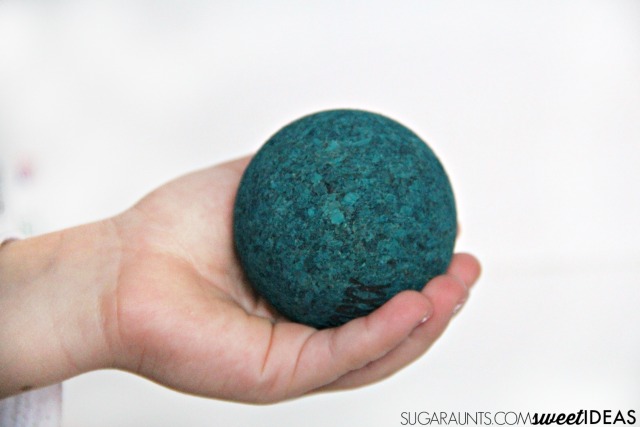
These allow the fingers to abduct and adduct in order to grasp smaller and larger sphere shaped objects.
The hypothenar eminence includes three intrinsic muscles that allows the pinkie side of the hand to flex, rotate to oppose the thumb, and create the bulk of the pinkie side of the palm when curving around shapes like spheres.
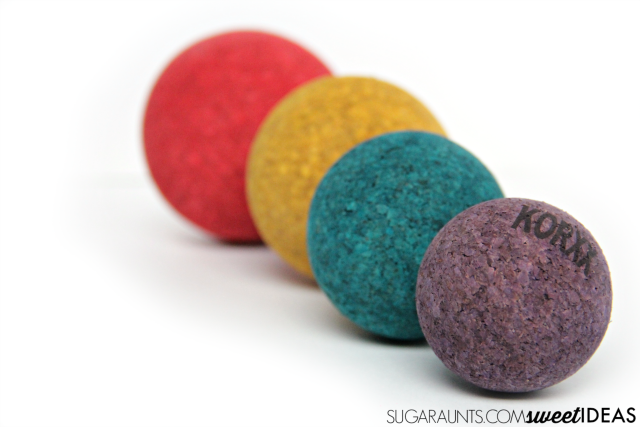
Spherical Grasp Development
Spherical grasp develops beginning at around 18 months. Smaller objects require a smaller curved palm with opposition and larger objects such as an apple require increased adduction of the metacarpal phalangeal joints.
Spherical Grasp Activities
We used our KORXX cork building blocks to practice various grasp and release of the spheres. This block set is unique in it’s varying sphere sizes. Placing the spheres on the paper cones allowed for precision of this grasp pattern.
How fun is this building activity. The spheres and cups of the Limbo var C KORXX cork building set inspires stacking to new heights with balance.
- Building and creating towers using balls of various size is such a powerful way to encourage precision, grasp, and control of small motor movements of the hands.
- This balls in a muffin tin activity is a fun way to foster spherical grasp development. Ask the child to hold the ball in the palm of their hand.
KORXX cork building blocks
We love our KORXX cork building blocks. They are right there in the bin of blocks and have quickly become a favorite go-to toy. I love them for all of the open-ended play ideas that my kids have been creating with them.
Using them to boost developmental skills through play is super easy, too. (See how we used them to work on visual motor integration development recently.)
- KORXX building blocks are made from natural cork harvested without harming the trees.
- They are soft and silent, stable and safe, and light cork blocks.
- KORXX’s blocks are a natural material free of any harmful contaminants. The cork material provides excellent stability without slippage. Unlike typical cork used for other products, it is also safe for even the smallest of children.
- KORXX pressed Cork contains no harmful substances (phthalates, dioxins, formaldehyde) and has no other sensory emissions. The product adheres to the guidelines for children’s toys (under 3 years) and the harmonized standard DIN EN 71.
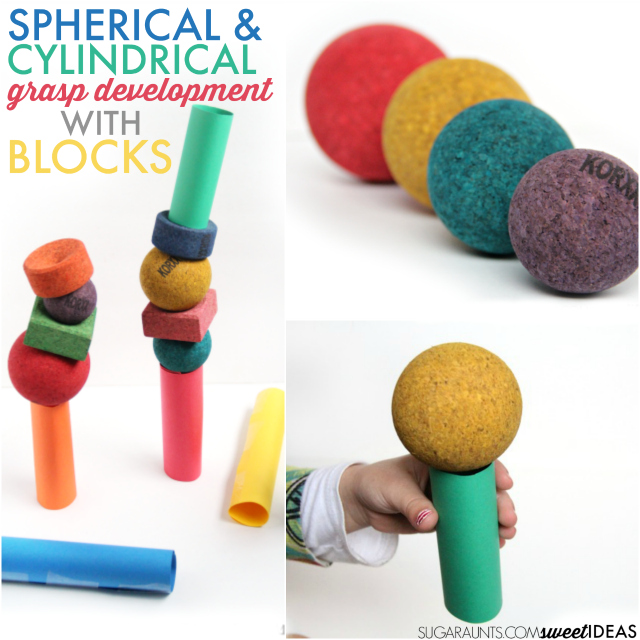
More activities to foster fine motor development, including spherical and cylindrical grasps:
Working on fine motor skills, visual perception, visual motor skills, sensory tolerance, handwriting, or scissor skills? Our Fine Motor Kits cover all of these areas and more.
Check out the seasonal Fine Motor Kits that kids love:


























Or, grab one of our themed Fine Motor Kits to target skills with fun themes:
- Frogs Fine Motor Kit
- Unicorns Fine Motor Kit
- Vehicles Fine Motor Kit
- Apple Fine Motor Kit
- Back to School Kit
- Sports Fine Motor Kit
- Outer Space Fine Motor Kit
- Fairytale Fine Motor Kit
- Plus more in our shop!
Want access to all of these kits…and more being added each month? Join The OT Toolbox Member’s Club!
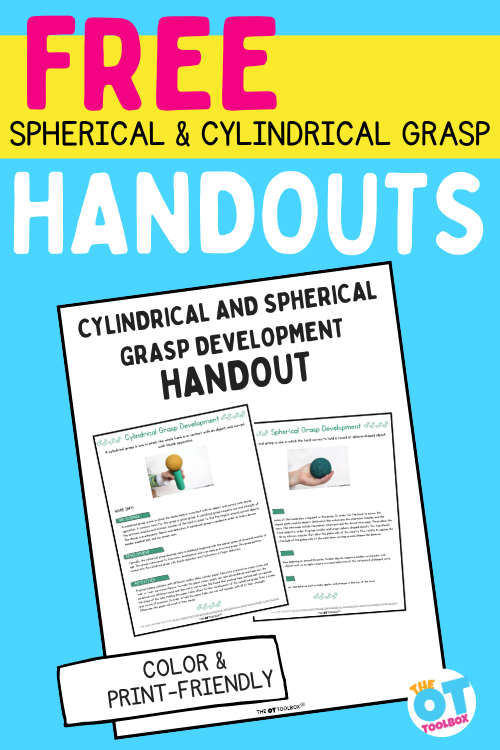

Spherical Grasp and Cylindrical Grasp Handout
Would you like a printable version of this blog post to use in educating parents on the benefits of targeting the fine motor skills needed for a cylindrical grasp and spherical grasp? We have you covered! You can grab a printable handout that covers these areas by entering your email address into the form below.
This printable is also available inside the Member’s Club, along with thousands of other printable tools, including handouts and educational materials. Plus, you’ll love the printable activities and Therapy Kits designed to foster development of grasp skills and fine motor strength. (All of the Therapy Kits listed above are in the Member’s Club, for example!)
Enter your email address here for the printable handout:










Colleen Beck, OTR/L has been an occupational therapist since 2000, working in school-based, hand therapy, outpatient peds, EI, and SNF. Colleen created The OT Toolbox to inspire therapists, teachers, and parents with easy and fun tools to help children thrive. Read her story about going from an OT making $3/hour (after paying for kids’ childcare) to a full-time OT resource creator for millions of readers. Want to collaborate? Send an email to contact@theottoolbox.com.


